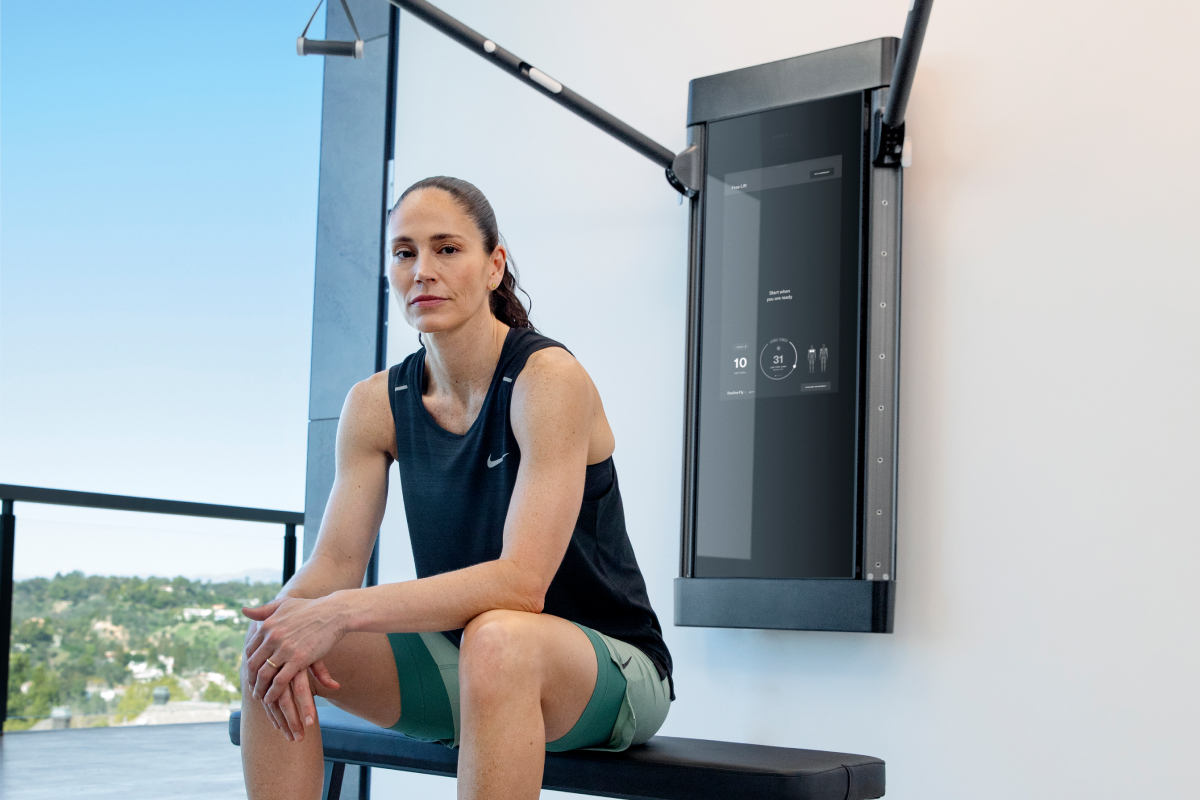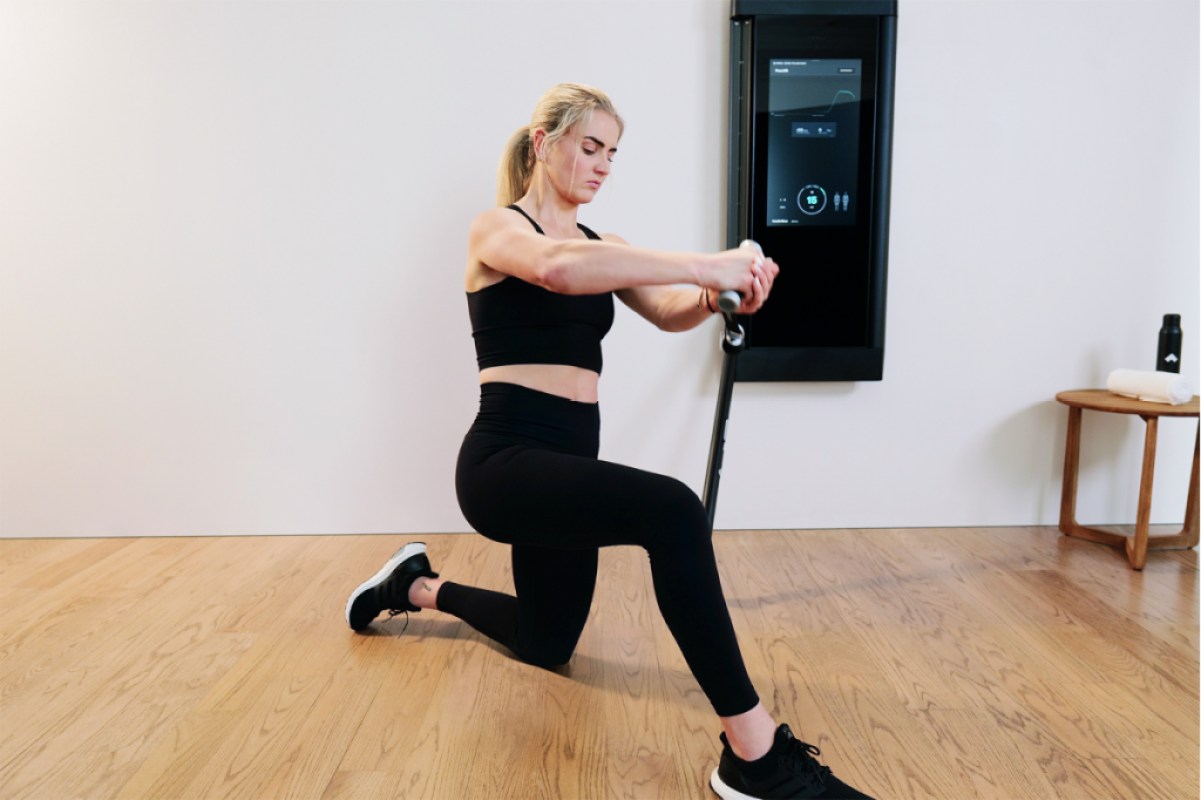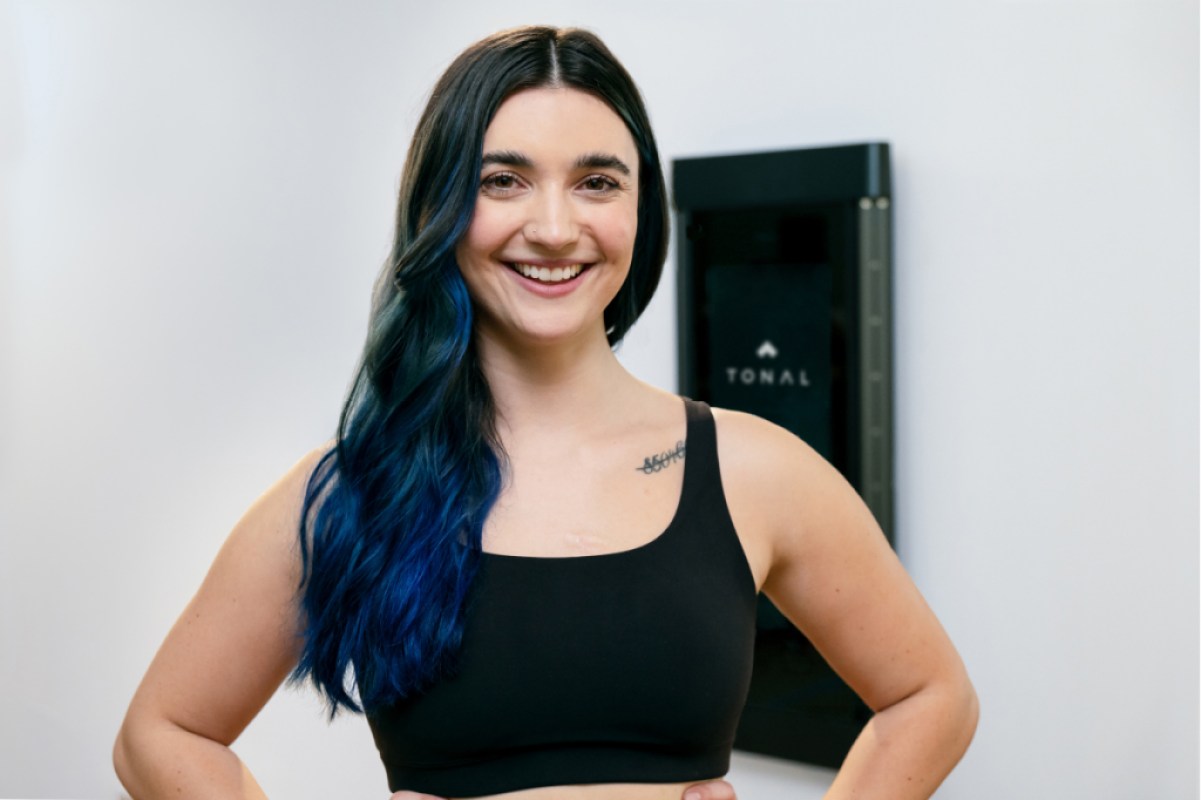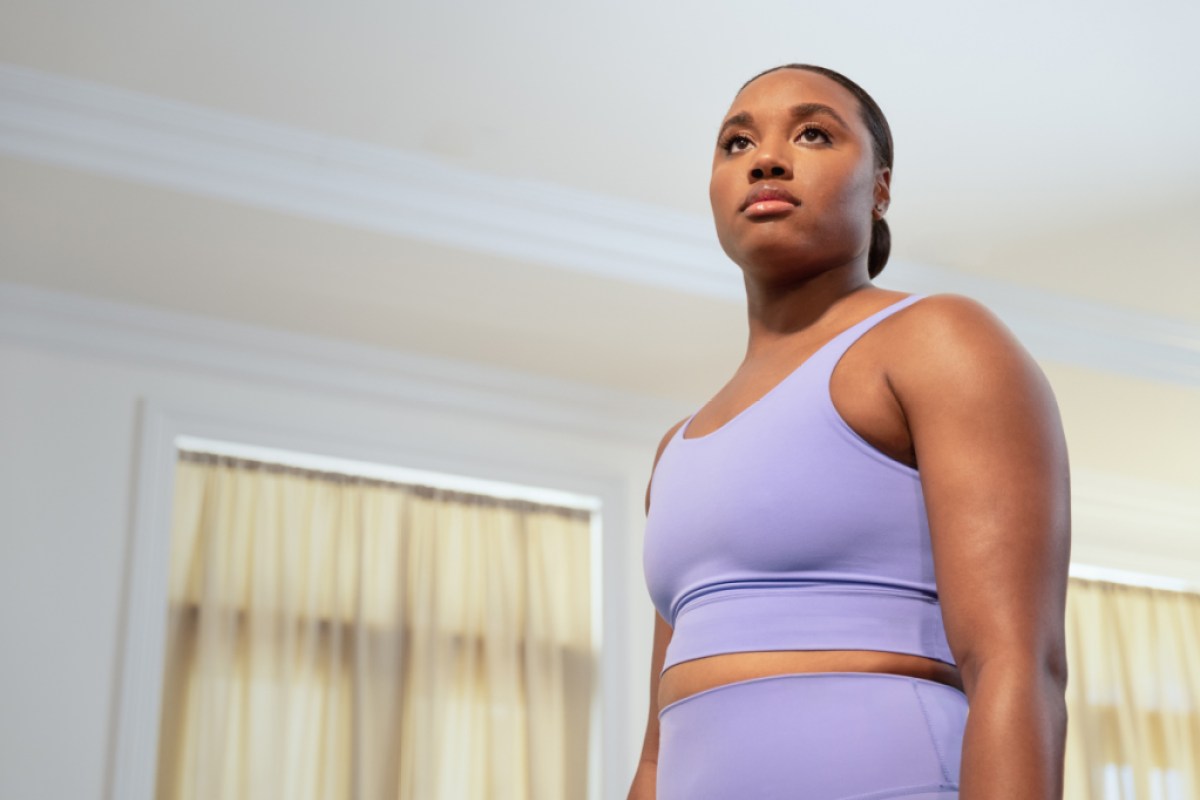One of basketball’s most decorated athletes talks about how she evolved after years of bouncing back from injuries.

People tend to think great athletes live to train, but that wasn’t always the case for basketball legend Sue Bird. The playmaker’s first true introduction to strength training occurred in college. Back then, it was a lot of clean and jerks, deadlifts, and bench pressing. It was also mandatory.
“I didn’t have much of a choice,” she laughed.
Now, strength means something different for the most decorated and accomplished point guard in women’s basketball history. After 18 years of playing professionally, Bird has had to reframe what it means to be game-ready.
“What I used to associate with strength and being fit, I had to disassociate from that and figure out a new way, because my body is totally different now,” Bird said in an exclusive interview with Tonal.
She learned the first lesson in redefining strength during her freshman year at the University of Connecticut. Eight games into the season, Bird tore the anterior cruciate ligament (ACL) in her left knee. “That was the first time I had surgery and so it was like, whoa—a shock to the system,” she said.
Thanks to her youth and the supportive community around her, though, Bird bounced back the next season to lead her team to the NCAA Tournament. She would go on to march the Huskies to an undefeated season and the 2002 national championship in her senior year.
The knee issues followed Bird into the pros, and the lessons kept coming. Knee surgeries forced her to miss the 2013 and 2019 seasons. Between that, she also underwent treatment to repair a torn labrum in her right hip in 2011 and her left hip in 2014.
After three decades of play, it’s expected to experience some wear and tear on your body, but Bird called those injuries a wake-up call because, “first of all, it was a challenge,” she explained. “With every surgery and rehab, it’s a grind to get back to the court where you’re playing in games. You’re really busting your ass to get back.”

The setbacks in 2019 were especially taxing as the league’s all-time assist leader was nearing what she knew was the end of her career. In 2020, she missed half of the season recovering from a bone bruise while her team played isolated in the league’s Covid-19 bubble.
“I was really starting to question everything I was doing,” Bird said. “At that moment, I felt I had allowed it to get to me, and I plateaued a little bit in my play [before missing time]—one might argue, maybe even a little bit of a dip. So yeah, it was a wake-up call, like, ‘What’s going on here? How do I want to finish my career?’”
That’s when Bird hired a personal performance coach, Susan King Borchardt, who also customizes Bird’s workouts on Tonal. “She’s my lifeline,” Bird said. “I joke that I text her more than I text my own girlfriend. It’s amazing. I just give her my account information, and she can build the workouts that are catered to me and where I am in my workout journey.”
This shift required the 41-year-old to work smarter. After six knee surgeries and procedures on both hips, the big Olympic lifts were out. Bird now focuses on fortifying her body against further injuries and maintaining the conditioning needed for playing at the highest level.
She also worked with a nutritionist to create more structure around her diet. Bird said her plan isn’t restrictive. Her aim is to fuel her body before and after workouts and include plenty of vegetables. “I’m definitely 80/20,” she said. “I don’t always go out and smash pizza, but every now and then I smash some pizza.”
Bird now views strength-building as a mental game, one that she had to learn when she couldn’t rely on her body and her skill alone anymore. Finding purpose is what keeps her focused when her motivation wanes.
That purpose was renewed when the Seattle Storm star concluded last season, and the fans stuck around, showering her with chants of “one more year.” That moment gave her what she needed to give the basketball world one last victory lap.
“I found this whole new motivation for the fans,” she said. “I’m not coming back just for them, but they definitely put the idea in my head.”


